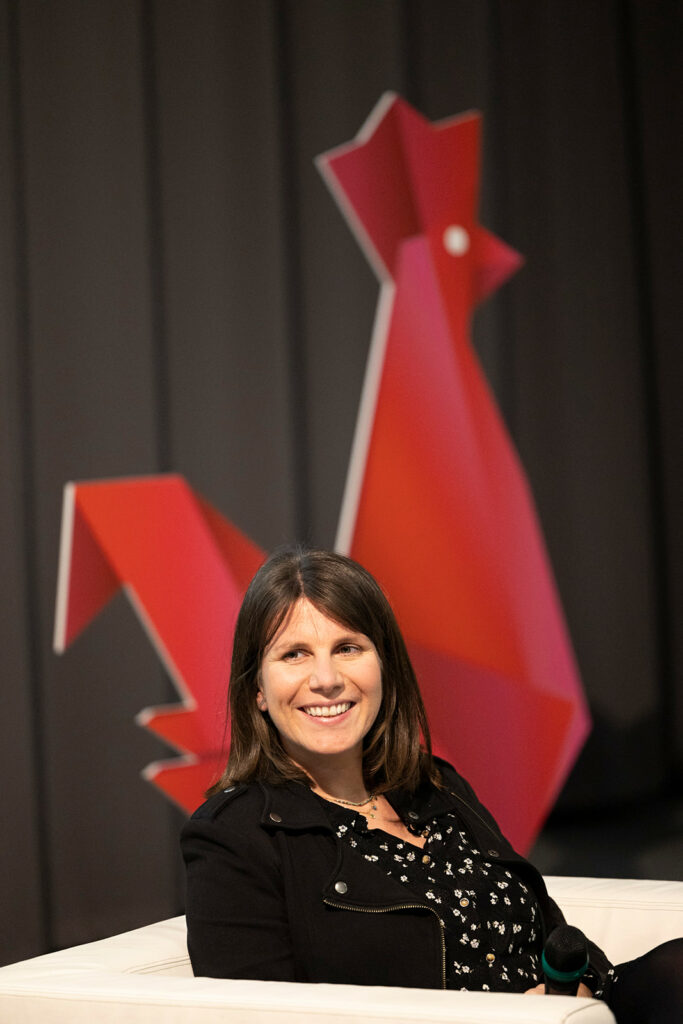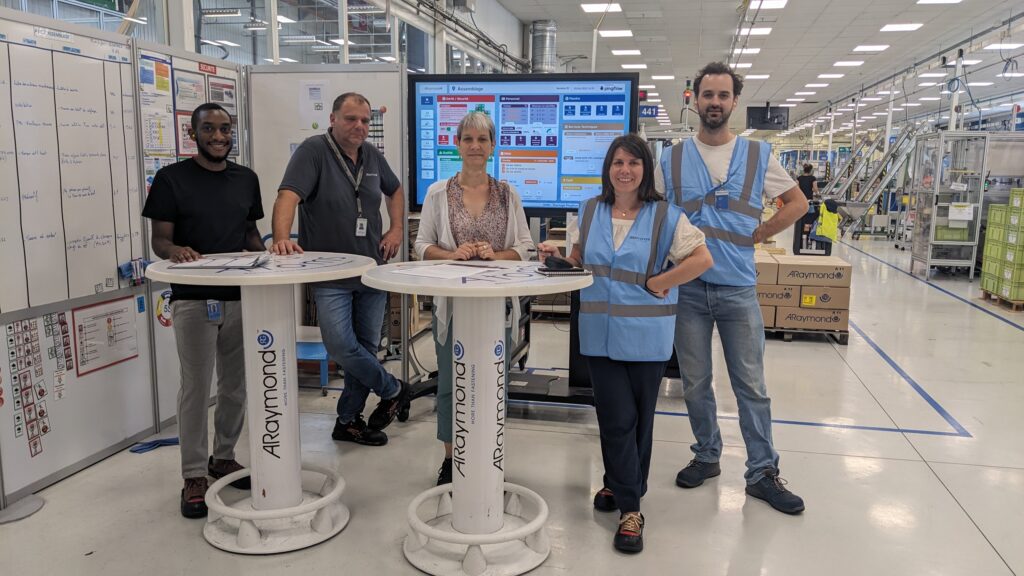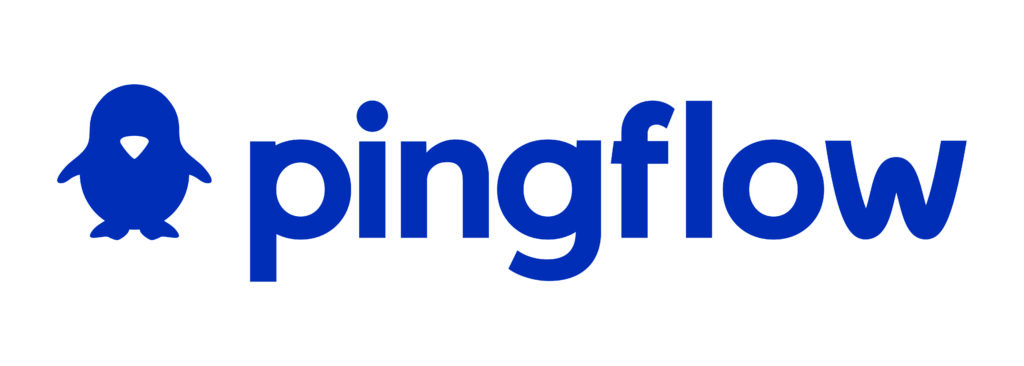Pingflow: 10 years of agility and innovation in industrial digitalization
For over 10 years, PingFlow has embodied success in the field of industrial digitalization. Founded by Claire JOLIMONT, a graduate of IÉSEG’s Grande École program, the company has become a key player, guiding industrial companies towards modernization and performance. In this interview, Claire JOLIMONT talks about PingFlow’s development and the keys to its success.

PingFlow in a few words?
Since its inception more than 10 years ago, PingFlow’s core business has remained unchanged. In a nutshell, PingFlow is an IT company, and more specifically a software solutions provider. We support manufacturers in their digitalization process. Our aim is to help them improve their performance, in particular by removing all the paperwork in their factories to become more modern and therefore more efficient.
“PingFlow” – a fun name!
We came up with our name right at the start of our adventure, and we’ve never changed it since then. We come from the world of open-source technologies, hence the idea of adopting the penguin as our company symbol. This choice was motivated by our commitment to open communication between different information systems, as well as to a team spirit – values that represent us well as a company. Thus, the penguin becomes the incarnation of the flow of information, accurately reflecting our identity. This is how we’ve defined our company’s identity.
Why have you chosen this industry?
During my double degree, I did an internship in Berlin in a digital start-up. Generally speaking, Berlin was well ahead of other European cities in terms of entrepreneurship. So, I rubbed shoulders with entrepreneurs who gave me a taste for entrepreneurship. My brother is an IT engineer, so we decided to team up to launch a company as our skills complemented each other: he had a very technical profile, with the knowledge and ideas to launch a product, while I had all the sales and marketing resources to promote his products.
Where does PingFlow get its success from?
I think we’ve always gone against the grain, and that’s one of the reasons why we’ve stood out from the crowd. At the time we launched, start-ups were more focused on the B2C trend, whereas we chose to go straight to B2B, dusting off the B2B service model. We also relied on self-financing rather than fundraising, unlike most start-ups at the time. We quickly found our target market and customers, and were lucky enough to start with major accounts such as Toyota and Kubota (a manufacturer of agricultural machinery).
How did you manage to convince large companies to put their trust in you?

We put forward our well-crafted product, developed with functional bricks in an agile way, which enabled us to have concrete elements to show to potential customers. Right from the start, we showed a value proposition, without offering a free trial for example, so that we could finance our projects. At the time, we were pioneers in innovation, with no equivalent competitors. We gained the trust of our first customers, which helped us find even more later on.
Where does PingFlow stand today, after 10 years in business?
For the past 10 years, we’ve been constantly adapting, and that’s the key to staying relevant as a company. It’s important to get organized and build a team, which isn’t always easy. My brother and I have a strong preference for the operational side of the business. Being very close to the field, we found it difficult to delegate this responsibility. We’re currently restructuring PingFlow to give the company a new dimension. With the emergence of numerous small entities and the arrival of new players in the wake of the COVID crisis, it’s crucial to anticipate change and market evolution. So, we’re getting ready to take a new step to ensure the company’s long-term future.
What does this reorganization mean for you in practical terms?

As founders, my brother and I have to evolve in terms of stance and responsibility. This means structuring the operational teams internally, while focusing more on strategic alliances and partnerships. This transition is challenging to manage, as it involves a change of role within the company. It’s a more difficult aspect of the entrepreneurial journey.
We have raised funds with our financial partners to prepare for the future, because we understand that this will be a decisive period for us. After a decade in business, it’s crucial to continue evolving and to remain relevant in our market. We have also been awarded various labels of innovation from different ecosystems and financial partners. These recognitions, combined with our longevity of over 10 years, strengthen our market position and open up new opportunities. The alliances we are forming and the growth we are aiming for raise important structural issues for our company.
To conclude… Would you say that PingFlow is a success story?
In fact, a company’s success is often measured by the size of its workforce, the amount of money it raises, its sales figures, and so on. Once again, we decided to go against this trend. Our priority was to create a company where we feel good, where we have fun, where the missions are interesting for our employees, and where we really bring something to our customers. This side of our success is not always emphasized. And yet, we’ve been in business for 10 years, and we’ve always paid our employees, some of whom have been with us from the start. It’s an incredible success story!



